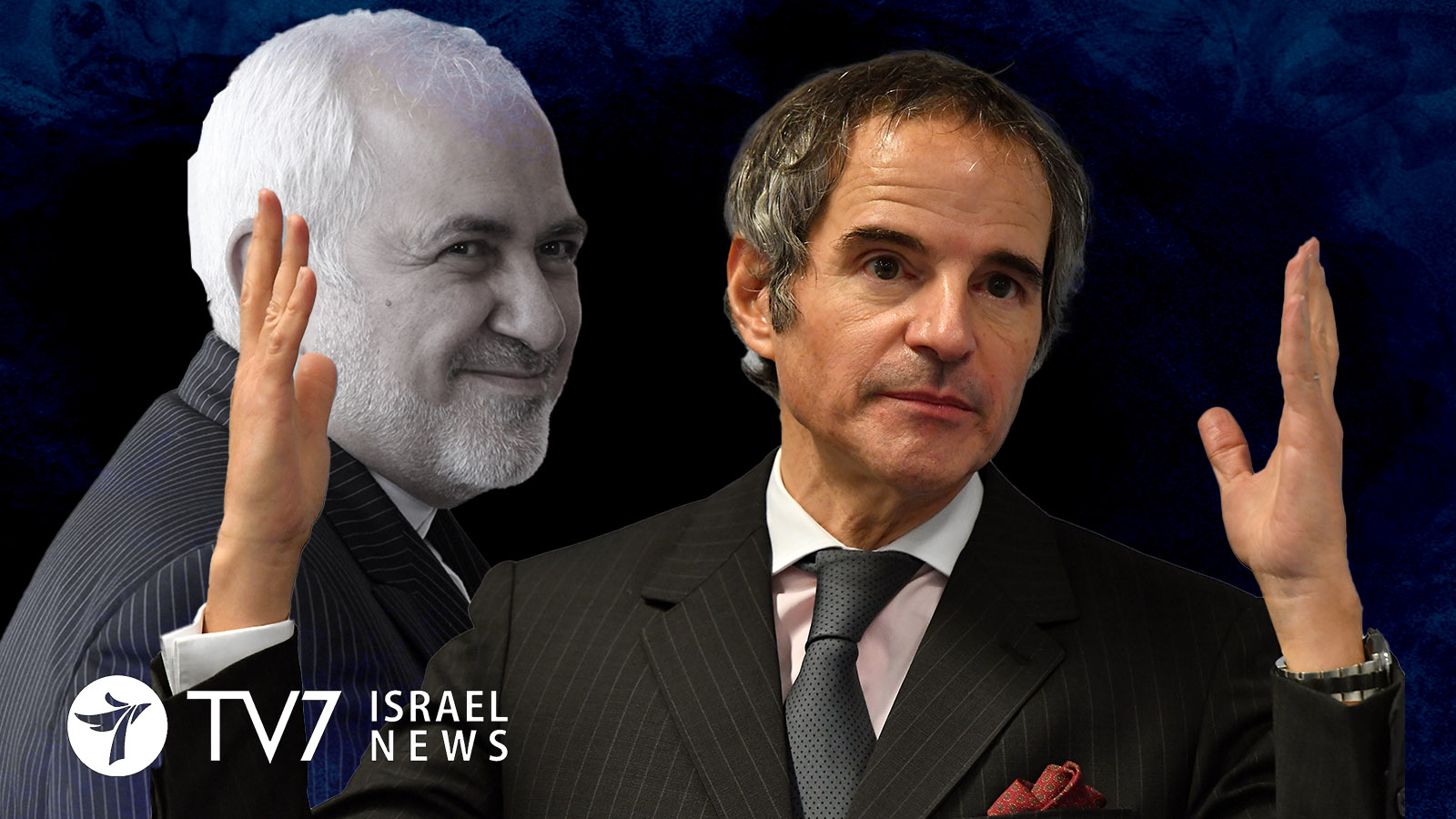The International Atomic Energy Agency (IAEA) has informed its member states that Iran has started enriching uranium with a third set of advanced IR-2m centrifuges at the Fuel Enrichment Plant (FEP) of its nuclear facility in Natanz.
The development marks the latest major breaches by the Islamic Republic of the 2015 Joint Comprehensive Plan of Action (JCPOA) nuclear deal with major powers; in open actions taken since then-United States President Donald Trump withdrew from the pact and re-imposed sanctions in 2018.
Tehran has recently accelerated violations restrictions set by the JCPOA, which had lifted international punitive economic measures in exchange for limits on Iranian atomic development.
According to the international agreement, Iran was permitted only to enrich uranium with first-generation IR-1 centrifuges at the underground, commercial FEP. Since November 2020, however, the Ayatollah regime has been using a first and far more efficient set of IR-2m machines, and has since been adding to it.
According to the latest report from the United Nations nuclear watchdog organization obtained by Reuters, “On 7 March 2021, the Agency verified at FEP that: Iran had begun feeding natural UF6 into the third cascade of 174 IR-2m centrifuges,” in reference to uranium hexafluoride, the form through which uranium is fed into centrifuges for purification.
“The fourth cascade of 174 IR-2m centrifuges was installed but had yet to be fed with natural UF6; installation of a fifth cascade of IR-2m centrifuges was ongoing; and installation of a sixth cascade of IR-2m centrifuges had yet to begin,” added the report.
It is important to note that the JCPOA limited Iran to refining uranium exclusively at Natanz with first-generation IR-1 centrifuges to no higher than 3.67% purity.
The IAEA revealed that the Islamic Republic is defiantly now using 522 IR-2m centrifuges at Natanz to enrich uranium to up to 5% fissile purity. It is also enriching uranium to 20% at its FEP underground facility in Fordow about 32 kilometers (20 miles) northeast of the city of Qom.
Just 2 weeks ago, Iranian Supreme Leader Ayatollah Ali Khamenei declared his country would enrich uranium up to 60% purity if needed, while vowing to never submit to Western pressure over nuclear development.
“Iran’s uranium enrichment level will not be limited to 20%. We will increase it to whatever level the country needs … We may increase it to 60%,” Khamenei proclaimed on state television, in a defiant game of brinksmanship.
“Americans and the European parties to the deal have used unjust language against Iran … Iran will not yield to pressure. Our stance will not change,” he stressed.
The “break out time” needed to produce enough fissile material at the 90% rate necessary to produce nuclear bombs is estimated between 2-3 months to a year.
The increased speed with which Iran is violating its nuclear obligations appears to be an effort to further ramp up pressure on US President Joe Biden, with whom it is locked in a stand-off. Washington has indicated interest in reviving the JCPOA on condition that Tehran first comply with its terms, while the Ayatollah leaders insist the White House first lift sanctions.
